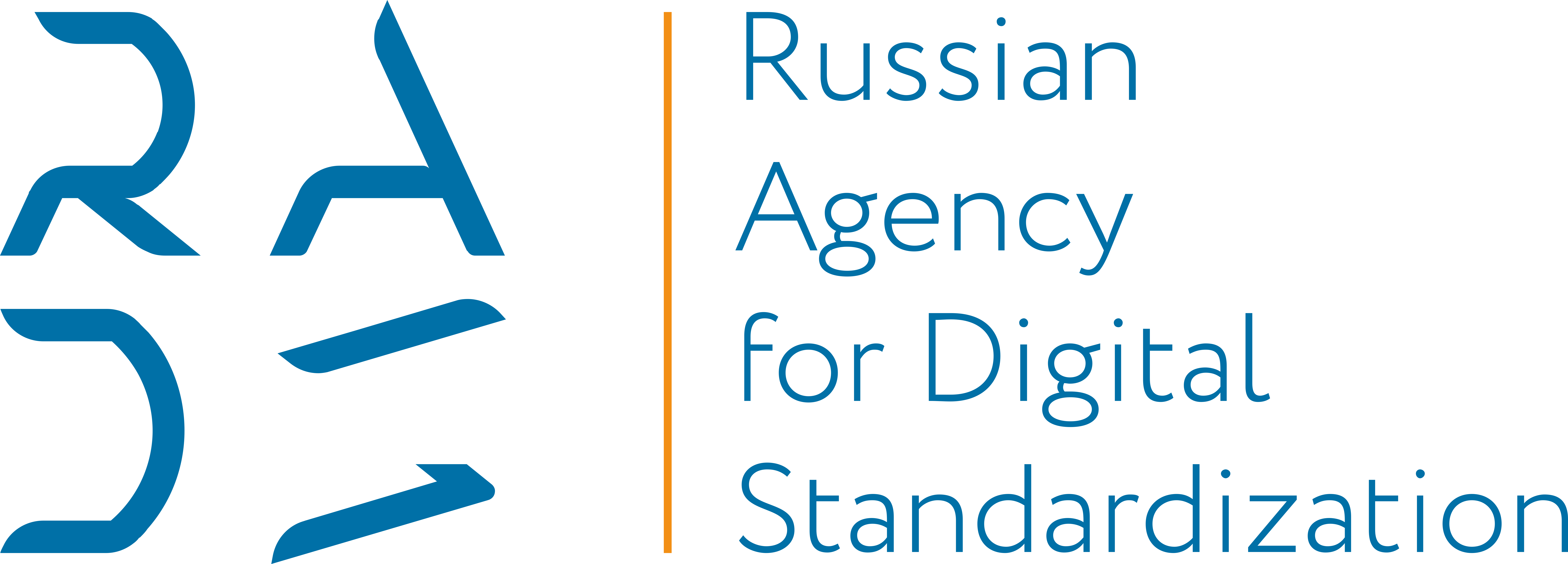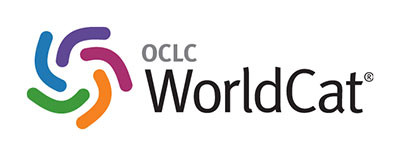EXPERIENCE OF RELEASE OF AN AVALANCHE BULLETIN FOR THE MOUNTAIN REGION OF ILE ALATAU
Authors
- Vitaly V. Zhdanov Institute of Geography and Water Security, Almaty, Republic of Kazakhstan
- Victor P. Blagovechshenskiy Institute of Geography and Water Security, Almaty, Republic of Kazakhstan
- Tamara S. Gulyayeva Institute of Geography and Water Security, Almaty, Republic of Kazakhstan
DOI:
https://doi.org/10.34753/HS.2022.4.3.230+ Keywords
+ Abstract
The most common method of communicating avalanche forecasts to the public is the avalanche bulletin. They are compiled at most major avalanche forecasting and research centers. Bulletins provide up-to-date information on snow cover stability, avalanche danger level, main avalanche problems and weather forecast. Consumers of information are tourists, skiers, administrations of tourist facilities. On their basis, they can plan the work of ski resorts and other recreational activities. In the Republic of Kazakhstan, a reference-recommendation on avalanche danger in the mountains is compiled only for government apparatus, and the population is deprived of information about avalanches. For several years, an experiment has been carried out in the laboratory of natural hazards of the Institute of Geography to issue an avalanche bulletin. For this, current avalanche and meteorological information is collected at three mountain meteorological stations – Lake Ulken Almaty, Mynzhylki and Shymbulak. The level of avalanche danger is assessed weekly according to the Kazakhstan version of the European five-point danger scale. Classification of avalanche danger levels is carried out using a specially created neural network. Information about the level of avalanche danger, the state of the snow cover and the weather forecast is indicated in the weekly avalanche bulletin. The accuracy of the classification of avalanche situations using artificial intelligence was 84–90%. The final accuracy of forecasts of the level of avalanche danger, taking into account the weather forecast, was 73–82%. The bulletin is published on the Internet and telegram channel before every weekend. In the future, it is planned to introduce the experience gained into the work of the official avalanche service of the Republic of Kazakhstan.
+ Author Biographies
eLibrary (РИНЦ) ORCID ID Scopus ID 9204-7369 0000-0001-7678-1374 57195073468 eLibrary (РИНЦ) ORCID ID Scopus ID AuthorID: 275472 0000-0002-8032-283X 55807973400
Vitaly V. Zhdanov, Institute of Geography and Water Security, Almaty, Republic of Kazakhstan
SPIN-код
Victor P. Blagovechshenskiy, Institute of Geography and Water Security, Almaty, Republic of Kazakhstan
SPIN-код
Tamara S. Gulyayeva, Institute of Geography and Water Security, Almaty, Republic of Kazakhstan
+ References
Avalanche Bulletin Interpretation Guide. Edition December 2022. / WSL Institute for Snow and Avalanche Research SLF (ed.). 2022. [Электронный ресурс]. URL: https://www.slf.ch/files/user_upload/SLF/ Lawinenbulletin_Schneesituation/Wissen_zum_Lawinenbulletin/Interpretationshilfe/Interpretationshilfe_EN.pdf. Blagovechshenskiy V.P., Zhdanov V.V. Lavinnie incident v gorah Ile Alatau [Avalanche risk in Kazakhstan at different levels of avalanche danger]. Gidrosfera. Opasnye protsessy i yavleniya. [Hydrosphere. Hazard processes and phenomena], 2021, vol. 3, iss. 2, pp. 122–132 (In Russian; abstract in English). DOI: 10.34753/HS.2021.3.2.122. Cagnati A., Valt M., Soratroi G., Gavaldà J., SelléS C.G. A field method for avalanche danger-level verification. Annals of Glaciology, 1998, vol. 26, pp. 343–346. DOI: 10.3189/1998AoG26-1-343-346. Geografiya lavin [Geography of Avalanches]. Myagkov S.M., Kanaev L.A. (eds.). Moscow, Publ. of MSU, 1992. 330 p. (In Russian). Greene E., Birkeland K., Elder K., McCammon I., Staples M., Sharaf D. Snow, weather, and avalanches: Observation guidelines for avalanche programs in the United States. Victor: American Avalanche Association, 2016. 105 p. Dolgikh S.A., Isabekova Zh.K., Verevkina I.V., Ibraev S.E., Mukanov E.N., Amirova I.M., Ivkina N.I., Vasenina E.I., Smirnova E.Yu., Zhezdibaeva B.T. Stikhiinye gidrometeorologicheskie yavleniya, nablyudavshiesya na territorii Kazakhstana v 2020 godu [Accidental hydrometeorological phenomena observed on the territory of Kazakhstan in 2020]. Gidrometeorologiya i ekologiya [Hydrometeorology and ecology], 2021, iss. 4, pp. 53–86. (In Russian; abstract in English and Kazakh). DOI: 10.54668/2789-6323-2021-103-4-53-86. Greene E., Birkeland K., Elder K., McCammon I., Staples M., Sharaf D. Snow, weather, and avalanches: Observation guidelines for avalanche programs in the United States. Victor: American Avalanche Association, 2016. 104 p. Kondrashov I.V. Prognoz lavin i nekotorykh kharakteristik snezhnosti v gorakh Kazakhstana [Forecast of avalanches and some characteristics of snow cover in the mountains of Kazakhstan]. Leningrad, Publ. Gidrometizdat, 1991. 72 p. (In Russian). Medeu A., Blagovechshenskiy V., Gulyayeva Т., Zhdanov V., Ranova S. Interannual variability of snowiness and avalanche activity in the Ile Alatau Ridge, Northern Tien Shan. Water, 2022a, no. 14 (18), 2936. DOI: 10.3390/w14182936.Medeu A.R., Blagovechshenskiy V.P., Zhdanov V.V., Ranova S.U. Application of mathematical statistics to assess the avalanche danger level in the Ile Alatau mountains. Russian Meteorology and Hydrology, 2022b, vol. 47, no. 7, pp. 596–603. DOI: 10.3103/S1068373922080052. (Russ ed.: Medeu A.R., Blagoveshchenskii V.P., Zhdanov V.V., Ranova S.U. Primenenie metodov matematicheskoi statistiki dlya otsenki urovnya lavinnoi opasnosti v gorakh Ile Alatau. Meteorologiya i gidrologiya, 2022, no. 8., pp. 34–45. DOI: 10.52002/0130-2906-2022-8-34-45). Schweizer J., Mitterer C., Techel F., Stoffel A., Reuter B. On the relation between avalanche occurrence and avalanche danger level. The Cryosphere, 2020, vol. 14, iss. 2, pp. 737–750. DOI: 10.5194/tc-14-737-2020. Schweizer J., Föhn P.M.B. Avalanche forecasting – an expert system approach. Journal of Glaciology, 1996, vol. 42, iss. 141, pp. 318–332. DOI: 10.3189/S0022143000004172. Schweizer M., Fohn P.M.B., Schweizer J. Integrating neural networks and rule based systems to build an avalanche forecasting system. Proceedings of the IASTED International Conference "Artificial Intelligence, Expert Systems and Neuronal Networks" (4–6 July 1994, Zurich, Switzerland). International Association of Science and Technology for Development (IASTED), IASTED Acta Press. 1994. P. 1–4. Singh D., Ganju A. Expert system for prediction of avalanches. Current science, 2008, vol. 94, iss. 8, pp. 1076–1081. Techel F., Schweizer J. On using local avalanche danger level estimates for regional forecast verification. Cold regions science and technology, 2017, vol. 144, pp. 52–62. DOI: 10.1016/j.coldregions.2017.07.012. Winkler K., Techel F. Users' rating of the Swiss avalanche forecast. Proceedings International Snow Science Workshop (29 September – 3 October 2014, Banff, Alberta, Canada), pp. 437–444. DOI: 10.13140/2.1.4588.9283.








1.png)




















